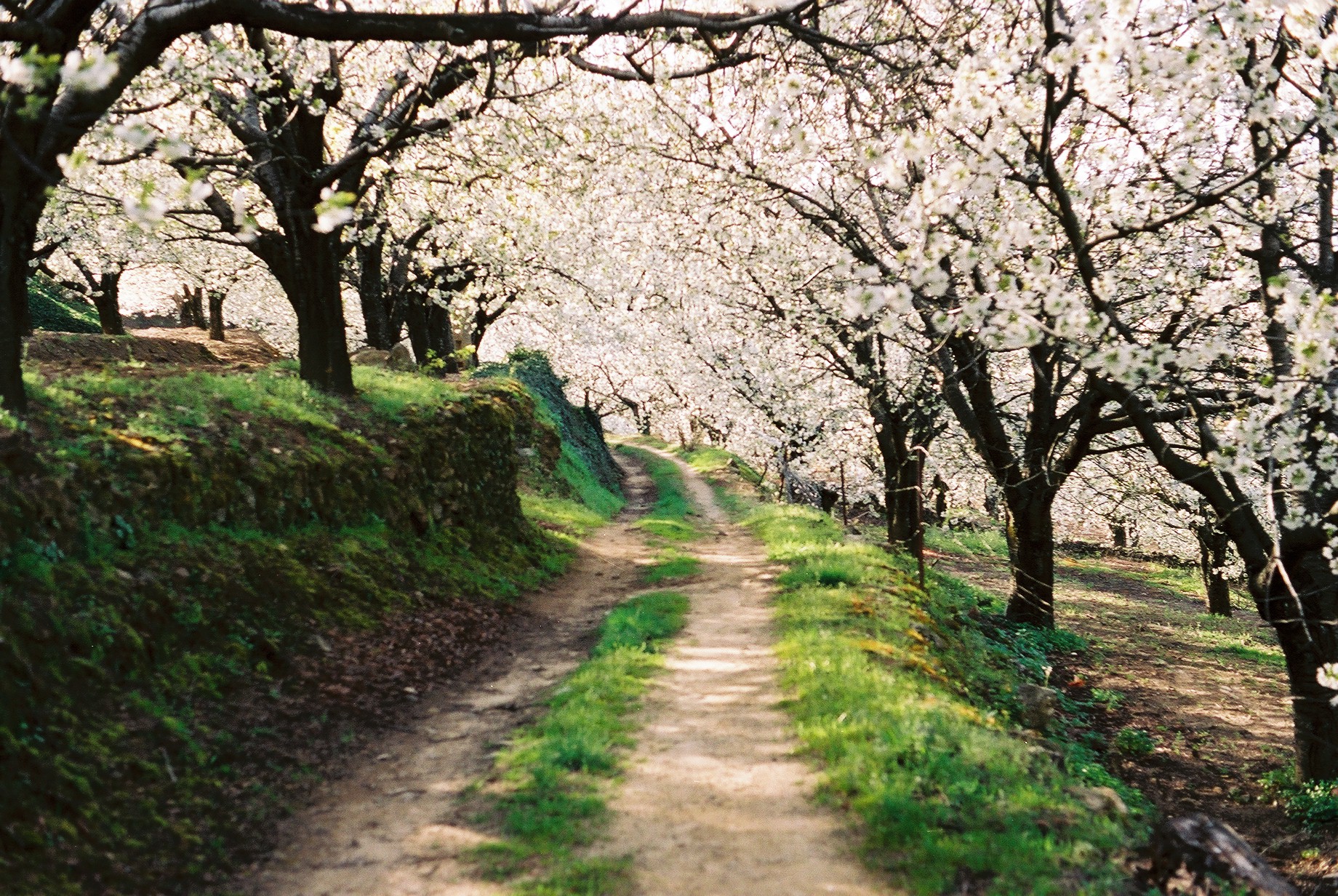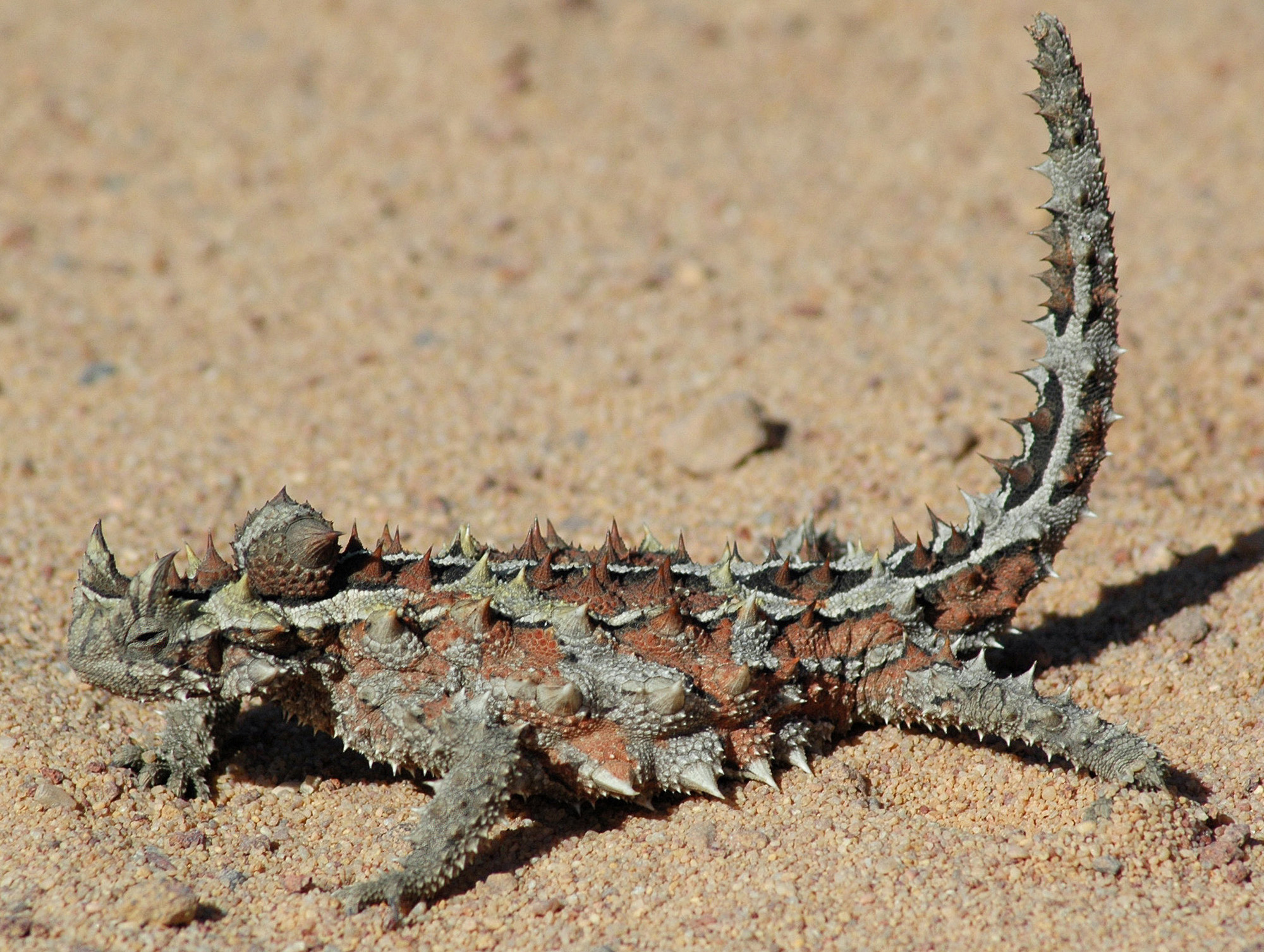|
Eurardy Reserve
Eurardy Reserve is a nature reserve in Western Australia. It is north of Geraldton, south of Carnarvon and north of Perth. It lies on the northern edge of the South West Botanical Province, adjoining Kalbarri National Park, and is owned and managed by Bush Heritage Australia (BHA), by which it was purchased in 2005. Landscape and vegetation The reserve has a flat relief supporting vegetation associations of high conservation value, including ''Mallalie'' ( Eucalyptus eudesmoides, bowgada and jam scrub with York gum and red mallee woodlands. It is well known for its display of spring wildflowers. Fauna Mammals historically present on the property include the numbat, bilby, burrowing bettong, western barred bandicoot and chuditch. Although these became locally extinct, recent reintroductions into Kalbarri National Park may herald a return to the reserve. Other animals known to be present include spinifex hopping mouse, thorny devil, fat-tailed and hairy-footed dunna ... [...More Info...] [...Related Items...] OR: [Wikipedia] [Google] [Baidu] |
Geraldton, Western Australia
Geraldton ( Wajarri: ''Jambinu'', Wilunyu: ''Jambinbirri'') is a coastal city in the Mid West region of the Australian state of Western Australia, north of the state capital, Perth. At June 2018, Geraldton had an urban population of 37,648. Estimated resident population, 30 June 2018. Geraldton is the seat of government for the City of Greater Geraldton, which also incorporates the town of Mullewa, Walkaway and large rural areas previously forming the shires of Greenough and Mullewa. The Port of Geraldton is a major west coast seaport. Geraldton is an important service and logistics centre for regional mining, fishing, wheat, sheep and tourism industries. History Aboriginal Clear evidence has established Aboriginal people living on the west coast of Australia for at least 40,000 years, though at present it is unclear when the first Aboriginal people reached the area around Geraldton. The original local Aboriginal people of Geraldton are the Amangu people, with the N ... [...More Info...] [...Related Items...] OR: [Wikipedia] [Google] [Baidu] |
Spring (season)
Spring, also known as springtime, is one of the four temperate In geography, the temperate climates of Earth occur in the middle latitudes (23.5° to 66.5° N/S of Equator), which span between the tropics and the polar regions of Earth. These zones generally have wider temperature ranges throughout t ... seasons, succeeding winter and preceding summer. There are various technical definitions of spring, but local usage of the term varies according to local climate, cultures and customs. When it is spring in the Northern Hemisphere, it is autumn in the Southern Hemisphere and vice versa. At the spring (or vernal) equinox, Daytime (astronomy), days and nights are approximately twelve hours long, with daytime length increasing and nighttime length decreasing as the season progresses until the Summer Solstice in June (Northern Hemisphere) and December (Southern Hemisphere). Spring and "springtime" refer to the season, and also to ideas of rebirth, rejuvenation, renewal, ... [...More Info...] [...Related Items...] OR: [Wikipedia] [Google] [Baidu] |
Bush Heritage Australia Reserves
Bush commonly refers to: * Shrub, a small or medium woody plant Bush, Bushes, or the bush may also refer to: People * Bush (surname), including any of several people with that name **Bush family, a prominent American family that includes: ***George H. W. Bush (1924–2018), former president of the United States ***George W. Bush (born 1946), former president of the United States and son of George H. W. Bush *** Jeb Bush (born 1953), former governor of Florida and candidate for US president **Vannevar Bush (1890–1974), American engineer, inventor and science administrator ** Kate Bush (born 1958), British singer, songwriter, pianist, dancer, and record producer Places United States * Bush, Illinois * Bush, Louisiana * Bush, Washington * Bush, former name of the Ralph Waldo Emerson House in Concord, Massachusetts * The Bush (Alaska) *"The Bush," a small neighborhood within Chicago's community area of South Chicago Elsewhere * Bush, Cornwall, a hamlet in England * Bush Islan ... [...More Info...] [...Related Items...] OR: [Wikipedia] [Google] [Baidu] |
Eastern Wallaroo
The common wallaroo (''Osphranter robustus''), also known as the euro, hill wallaroo, or simply wallaroo, is a species of macropod. The word ''euro'' is particularly applied to one subspecies (''O. r. erubescens'').WE Poole and JC Merchant (1987): ''Reproduction in Captive Wallaroos - the Eastern Wallaroo, Macropus-Robustus-Robustus, the Euro, Macropus-Robustus-Erubescens and the Antilopine Wallaroo, Macropus-Antilopinus.'' Australian Wildlife Research 14(3) 225 - 242online link/ref> The eastern wallaroo is mostly nocturnal and solitary, and is one of the more common macropods. It makes a loud hissing noise and some of the other subspecies are sexually dimorphic, like most wallaroos. Subspecies There are four subspecies: *the eastern wallaroo (''O. r. robustus'') – found in eastern Australia; males of this subspecies have dark grey fur, almost resembling the black wallaroo (''Osphranter bernardus''). Females are lighter, being almost sandy in colour. *the euro or western wall ... [...More Info...] [...Related Items...] OR: [Wikipedia] [Google] [Baidu] |
Hairy-footed Dunnart
The hairy-footed dunnart (''Sminthopsis hirtipes'') is a dunnart that has silver hairs on the soles of it hind feet accompanied by long hair on the side of its sole. It is an Australian marsupial similar to the Ooldea dunnart, with its upper body yellow-brown and lower body white in colour. Its total length is ; its average body length is with a tail of . Its ear length is . It weighs between . Its tail is thin and pinkish-white and can be thickened at the base. Distribution and habitat This species inhabits three distinct areas; around Monkey Mia Bay and Kilbarri in Western Australia, a large area where the border of South Australia, Northern Territory and Western Australia converge and a small area between the Northern Territory and Queensland border 100 km north of the South Australian border. Its habitat includes arid and semi-arid woodlands, heath, savannah grasslands. Social organisation and breeding The hairy-footed dunnart lives in burrows built by spider ... [...More Info...] [...Related Items...] OR: [Wikipedia] [Google] [Baidu] |
Fat-tailed Dunnart
The fat-tailed dunnart (''Sminthopsis crassicaudata'') is a species of mouse-like marsupial of the Dasyuridae, the family that includes the little red kaluta, quolls, and the Tasmanian devil. It has an average body length of with a tail of . Ear length is . One of the smallest carnivorous marsupials, its weight varies between . The tail becomes fat a few mm from the proximal end and remains so right up to the tip. The dunnart has trichromat vision, similar to some other marsupials as well as primates but unlike most mammals which have dichromat vision. The dunnart is often eaten by other carnivores, including invasive foxes and cats, as well as other feral animals that live among its environment. Distribution and habitat The range of ''S. crassicaudata'' in Australia is in diverse habitats except for the Kimberley region of Western Australia and northern Northern Territory like Arnhem Land and Kakadu National Park, but avoids the Wannon and Mallee scrub habitats in Victoria. In ... [...More Info...] [...Related Items...] OR: [Wikipedia] [Google] [Baidu] |
Thorny Devil
The thorny devil (''Moloch horridus''), also known commonly as the mountain devil, thorny lizard, thorny dragon, and moloch, is a species of lizard in the family Agamidae. The species is endemic to Australia. It is the sole species in the genus ''Moloch''. It grows up to in total length (including tail), with females generally larger than males. Taxonomy The thorny devil was first described by the biologist John Edward Gray in 1841. While it is the only species contained in the genus ''Moloch'', many taxonomists suspect another species might remain to be found in the wild. The thorny devil is only distantly related to the morphologically similar North American horned lizards of the genus ''Phrynosoma''. This similarity is usually thought of as an example of convergent evolution. The names given to this lizard reflect its appearance: the two large horned scales on its head complete the illusion of a dragon or devil. The name Moloch was used for a deity of the ancient Near ... [...More Info...] [...Related Items...] OR: [Wikipedia] [Google] [Baidu] |
Spinifex Hopping Mouse
The spinifex hopping mouse (''Notomys alexis''), also known as the tarkawara or tarrkawarra, occurs throughout the central and western Australian arid zones, occupying both spinifex-covered sand flats and stabilised sand dunes, and loamy mulga and melaleuca flats. The population fluctuates greatly: in normal years it is sparsely distributed and probably confined to sandy country; after rain the population explodes and spreads to other types of habitat for a time. They are mostly seen at night, bounding across open ground on their large hind feet, with tails extended and the body almost horizontal. As semi-fossorial, burrowing surface foragers, the tiny hopping mice spend a great deal of energy not just foraging for food, but also transporting it back to their burrows. In fact, it was found that the total energy spent on transporting food in relation to energy investment on burrows far outweighed any other similar type of species (White, 2006). Appearance The appearance i ... [...More Info...] [...Related Items...] OR: [Wikipedia] [Google] [Baidu] |
Chuditch
The western quoll (''Dasyurus geoffroii'') is Western Australia's largest endemic mammalian carnivore. One of the many marsupial mammals native to Australia, it is also known as the chuditch. The species is currently classed as near-threatened. Taxonomy The western quoll is a member of the family Dasyuridae and is most closely related to the bronze quoll (''Dasyurus spartacus''), a recently described species from New Guinea that was for some time believed to be an outlying population of the western quoll. Its species name, ''geoffroii'', refers to the prominent French naturalist Étienne Geoffroy Saint-Hilaire, who named the genus '' Dasyurus'' in 1796. The species has occasionally been placed in the genus ''Dasyurinus''. It is also known as the chuditch () in Western Australia (from Noongar ''djooditj''); ''chuditch'' serves as both the singular and plural form. Other common names include ''atyelpe'' or ''chilpa'' (from Arrernte), ''kuninka'' (from Western Desert language); ... [...More Info...] [...Related Items...] OR: [Wikipedia] [Google] [Baidu] |
Western Barred Bandicoot
The Western barred bandicoot (''Perameles bougainville''), also known as the Marl, is a small species of bandicoot; now extinct across most of its former range, the western barred bandicoot only survives on offshore islands and in fenced sanctuaries on the mainland. Description The Western barred bandicoot Is much smaller than its relative the eastern barred bandicoot (''Perameles gunnii''), and is darker in its colouring, which is a grizzled brown. It measures about in length. It has two "bars" across its rump and has a short, tapered tail. It was a solitary and crepuscular hunter, eating insects, spiders, and worms and occasionally tubers and roots. When the bandicoot feels threatened, it typically leaps into the air and then burrows to safety. Taxonomy The first description of the Western barred bandicoot was from a specimen taken at Peron Peninsula in 1817 by naturalists on the ''Uranie''. Populations of the ''Perameles'' species have been referred to by various ... [...More Info...] [...Related Items...] OR: [Wikipedia] [Google] [Baidu] |
Burrowing Bettong
The boodie (''Bettongia lesueur''), also known as the burrowing bettong or Lesueur's rat-kangaroo, is a small, furry, rat-like mammal native to Australia. Once common throughout the continent, it is now restricted to a few coastal islands. A member of the rat-kangaroo family (Potoroidae), it lives in burrows and is active at night when it forages for fungi, roots, and other plant matter. It is about the size of a rabbit and, like other marsupials, carries its young in a pouch. Before European settlement, it was the most common macropod in Australia (a group that includes kangaroos, wallabies, and other Australian mammals). Competition and predation by introduced rabbits, cats, and foxes, as well as habitat loss, pressured the population. It was declared a pest in the 1900s and was wiped out by the 1960s; however, the loss of the boodie and other ground-foraging animals has degraded soil quality. Populations persisted on three west coast islands (Bernier, Dorre, and Barrow), and ... [...More Info...] [...Related Items...] OR: [Wikipedia] [Google] [Baidu] |



